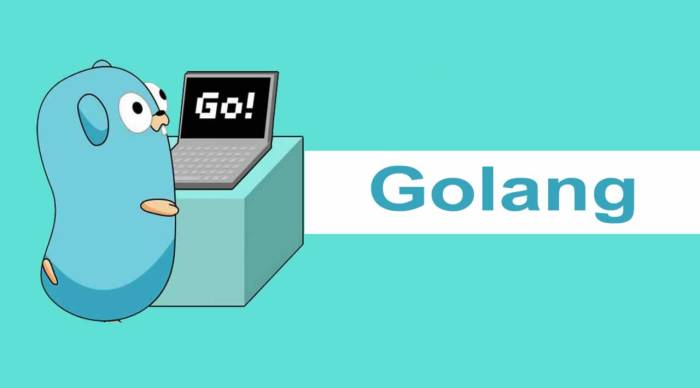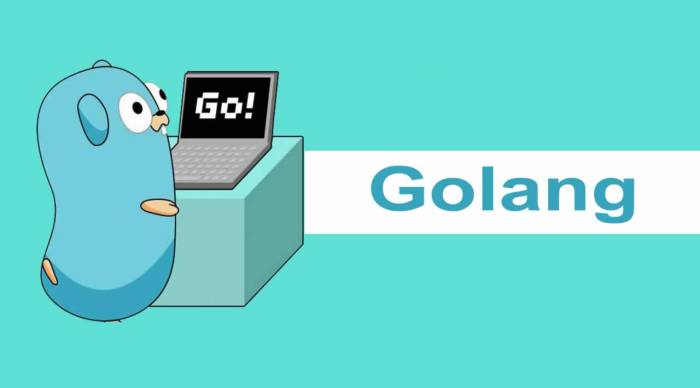Integration with other Components: Watch For Changes To Custom Resources Golang

Integrating custom resource change monitoring into a larger system requires careful consideration of how it interacts with other components. Effective integration enhances observability, enables automated responses, and improves overall system resilience. This section details strategies for integrating custom resource watchers with logging systems, message queues, and action triggers.
Logging System Integration
A robust logging system is crucial for monitoring the health and performance of the custom resource watcher. Logs should capture significant events, such as successful watches, errors encountered, and the details of observed changes. This allows for efficient debugging and operational monitoring. Integration can be achieved by using a structured logging library (like logrus or zap) within the watcher to record events with relevant context, such as the custom resource’s name, namespace, and the nature of the change. These logs can then be sent to a centralized logging system (e.g., Elasticsearch, Splunk, or a simple file-based logger) for analysis and alerting. The logging level can be configured to provide different levels of detail, from informational messages to critical errors. Example log entries might include: “INFO: CustomResource ‘my-resource’ updated in namespace ‘default'”, or “ERROR: Failed to watch custom resource ‘another-resource’: connection refused”.
Message Queue Integration
Integrating a message queue allows for asynchronous processing of custom resource changes. This decoupling improves scalability and resilience. When a change is detected, the watcher publishes a message to the queue containing details about the change. Downstream consumers can then process these messages independently. For instance, using Kafka, the watcher could publish messages to a specific topic, with each message containing the custom resource’s metadata and the type of change (create, update, delete). Consumers subscribing to this topic could then perform actions based on these messages, such as updating a database, triggering a deployment, or sending notifications. RabbitMQ offers similar capabilities using exchanges and queues for message routing and handling. This approach prevents the watcher from being blocked by slow downstream processes, ensuring continuous monitoring of custom resources.
Triggering Actions Based on Custom Resource Changes, Watch for changes to custom resources golang
Custom resource changes can trigger various actions within the system. Consider a scenario where a custom resource defines the desired state of a deployment. When the custom resource is updated, the watcher detects the change and triggers a deployment update. This can be implemented by using a Kubernetes client library to interact with the Kubernetes API. Upon receiving a message from the message queue (or directly upon detecting a change), the watcher fetches the updated custom resource and uses the Kubernetes client to apply the new desired state. Error handling is critical here; if the deployment update fails, the watcher should log the error and potentially retry the operation or send an alert. A similar approach can be applied to other actions, such as scaling resources, creating new services, or updating configurations. The key is to define clear mappings between custom resource changes and the corresponding actions to be taken.
Managing Dependencies and External Libraries
Effective dependency management is vital for maintainability and stability. Use a dependency management tool like Go modules to manage external libraries. Specify explicit version constraints in your `go.mod` file to avoid unexpected behavior from library updates. Regularly update dependencies to benefit from bug fixes and security patches. Consider using a dependency injection framework to decouple components and improve testability. This allows for easy swapping of different implementations of external services or libraries without modifying the core watcher logic. Thorough testing of the watcher with different dependency versions is also recommended to ensure compatibility and identify potential conflicts.
Watch for changes to custom resources golang – Examine how 2 tone watch can boost performance in your area.
